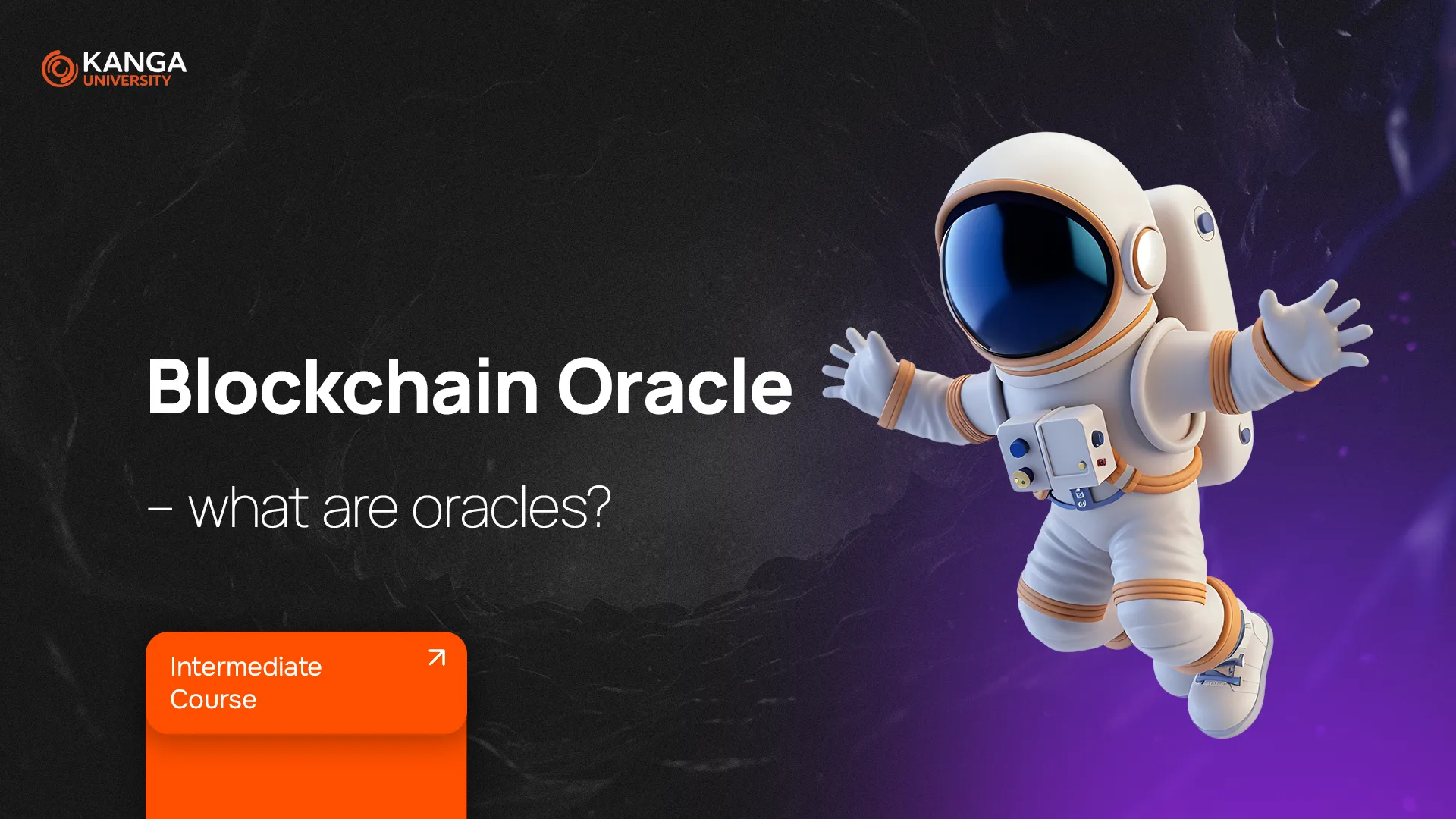
Blockchain oracles play a crucial role in the cryptocurrency ecosystem. They act as third-party services that provide smart contracts with real-world data.
The easiest way to understand this is through a pop culture reference. If you’re a Marvel fan, you might remember Heimdall, the guardian of Bifrost, who could see and hear everything happening across the universe. He relayed critical information to the Asgardians, much like blockchain oracles provide external data to smart contracts.
Why Were Blockchain Oracles Created?
Blockchains and smart contracts cannot access external data on their own. They operate within a closed system, which means that without an external link, they are cut off from real-world events.
This is where oracles come in. They act as bridges between off-chain (external) and on-chain (blockchain) data, significantly expanding what smart contracts can do.
Imagine you want to buy a car using cryptocurrency. The transaction must be automated and trustless, but to make it happen, the blockchain needs:
- Confirmation that you have made the payment in cryptocurrency.
- Proof that ownership of the car has been transferred to you.
Since the blockchain itself cannot verify these external conditions, it needs oracles to fetch, verify, and provide this data. Once the smart contract receives this information, the transaction can proceed automatically—without intermediaries like banks or legal institutions.
This is the primary function of oracles: ensuring that smart contracts operate with accurate, real-world data.
How Do Oracles Work?
Think of oracles as data filters. They don’t create information; instead, they gather, verify, and transmit data from different sources to the blockchain.
In some cases, oracles can also send data from the blockchain to the outside world, enabling smart contracts to interact with external systems.
Types of Blockchain Oracles
Not all oracles function the same way. Depending on their purpose, they can be categorized into different types:
1. Hardware Oracles
These oracles collect data from physical devices such as:
- Barcode scanners,
- IoT sensors,
- Surveillance cameras,
- Weather stations.
Example: A hardware oracle can transmit temperature readings from a warehouse sensor to trigger an automatic insurance payout if the stored goods are damaged due to heat.
2. Software Oracles
These oracles retrieve data from online sources, including:
- Cryptocurrency exchange rates,
- Sports match results,
- Stock market prices.
Example: A smart contract managing sports betting can automatically settle bets based on the final game score provided by a software oracle.
3. Inbound and Outbound Oracles
- Inbound oracles fetch data from the real world to the blockchain.
- Outbound oracles send data from the blockchain to the external world.
Example: If a smart contract detects a lottery winner, an outbound oracle can send an SMS notification to the winner.
4. Centralized vs. Decentralized Oracles
- Centralized oracles rely on a single entity to provide data, making them fast but risky, as they create a single point of failure.
- Decentralized oracles pull data from multiple sources, using a consensus mechanism to ensure accuracy and prevent manipulation.
Example: Chainlink is one of the most widely used decentralized oracles, aggregating data from multiple sources to verify its validity.
5. Human Oracles
Some decisions require human judgment. Human oracles use cryptographic proofs to verify their identity and provide information that cannot be determined algorithmically.
Example: Decentralized courts use human oracles to resolve disputes fairly within blockchain ecosystems.
How Do Oracles Maintain Their Credibility?
Since blockchain transactions cannot be reversed, ensuring oracle reliability is crucial. To prevent manipulation and misinformation, oracles use:
–Multiple data sources – pulling from different providers to cross-check accuracy.
–Consensus mechanisms – requiring multiple oracles to validate information before it is accepted.
–Incentive systems – rewarding truthful data providers and penalizing those that submit false information.
How Are Blockchain Oracles Used?
Oracles bridge the gap between blockchains and the real world, enabling innovative applications across multiple industries. Here are some key use cases:
–Market Predictions – platforms like Augur and Gnosis use oracles to predict election outcomes or stock price trends based on collective intelligence.
–Insurance – smart contracts can automatically process insurance claims based on weather conditions provided by oracles.
–Stablecoins – cryptocurrencies like DAI and USDT rely on oracles to track real-time exchange rates and maintain price stability.
–DeFi (Decentralized Finance) – lending platforms use oracles to determine loan interest rates based on market conditions.
–Logistics Tracking – oracles can track shipments, replacing traditional GPS systems with a blockchain-verified supply chain.
Challenges and Security Risks
Despite their importance, oracles also introduce risks. Since they act as bridges between the blockchain and external data sources, they can become targets for hackers.
One major issue is the “Oracle Problem”, which refers to:
- Data manipulation – if an oracle is compromised, it can feed false data into the blockchain.
- Single points of failure – centralized oracles can be attacked or censored.
- Trust dependency – even decentralized oracles require trust in the data providers they aggregate from.
Because oracles operate outside the blockchain’s built-in security mechanisms, developers must implement additional safeguards to ensure their integrity.
Summary
Blockchain oracles are critical to the evolution of smart contracts, allowing blockchains to interact with real-world data. Without them, cryptocurrency ecosystems would be limited to internal transactions only, significantly reducing their usefulness.
Despite the challenges, the development of decentralized, secure, and reliable oracles is paving the way for groundbreaking innovations in finance, insurance, supply chain management, and beyond. The future of blockchain depends on oracles, and as they improve, so will the potential of decentralized applications worldwide.
Discover new projects with Kanga Exchange